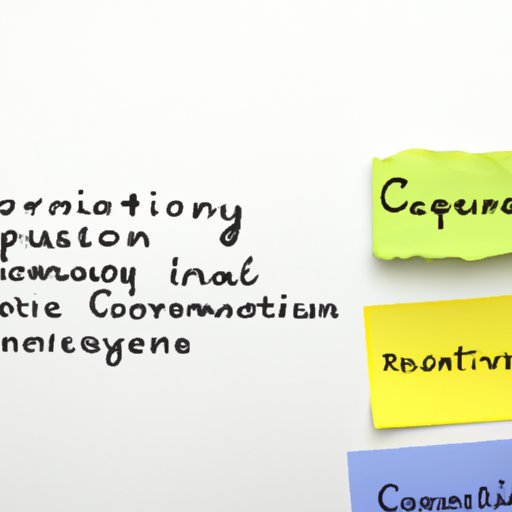Introduction
Cultural products are items or services that represent a culture’s values, beliefs, and traditions. They are created by individuals, groups, or organizations to communicate with others. Cultural products can range from physical objects such as artifacts, clothing, and food, to intangible services such as music, theater, and visual arts. These products are both tangible and intangible, but all have the same purpose: to express and share culture.
Definition of Cultural Products
Cultural products are any type of product that is associated with a particular culture. This includes physical objects like artifacts, clothing, books, and food, as well as intangible services like music, theater, and visual arts. Cultural products can also include language, rituals, and customs. In essence, anything that expresses a culture’s values, beliefs, and traditions is considered a cultural product.

Overview of Types and Examples of Cultural Products
Physical cultural products are tangible objects that have been created to reflect a culture’s values, beliefs, and traditions. Examples of these products include religious artifacts, traditional clothing, books, and food. Intangible cultural products are services that have been designed to express a culture’s values, beliefs, and traditions. Examples of these products include music, theater, and visual arts. Both physical and intangible cultural products are important in expressing and communicating a culture.

Impact of Cultural Products on Society
Cultural products have the power to shape and define identities. They can be used to construct social and cultural boundaries and establish a sense of belonging. Cultural products also have the power to influence economic and political systems. They can be used to create jobs and stimulate economic growth, as well as to promote certain ideologies and policies.
How Cultural Products Shape Identity
Cultural products can shape individual and group identities by expressing a shared set of values, beliefs, and traditions. Physical products such as traditional clothing and artifacts can be used to signify a person’s cultural identity. Intangible products such as music and theater can also be used to express a culture’s values and beliefs. By creating a shared set of values and beliefs, cultural products can help to define and strengthen a person’s identity.

Influence of Cultural Products on Economics and Politics
Cultural products can also have an influence on economic and political systems. By creating jobs and stimulating economic growth, cultural products can help to improve a nation’s economy. Cultural products can also be used to promote certain ideologies and policies. For example, art and literature can be used to spread ideas about democracy, freedom, and equality.
Connecting People Through Cultural Products
Cultural products can also be used to bring people together and foster a sense of connection and community. By sharing cultural products, people can learn about each other’s cultures, values, and beliefs. This can lead to greater understanding and appreciation for different cultures. Cultural products also have the potential to inspire creativity and innovation. By exchanging ideas and experiences, people can collaborate to create new products and services.
Power of Cultural Products to Connect People
Cultural products can be used to bridge gaps between people and cultures. By exchanging cultural products, people can learn about each other’s cultures, values, and beliefs. This can help to build understanding and appreciation for different cultures. Cultural products can also be used to create a sense of community and connection. By sharing cultural products, people can come together and form relationships.
Creative Potential of Cultural Products
Cultural products also have the potential to inspire creativity and innovation. By exchanging ideas and experiences, people can collaborate to create new products and services. Cultural products can also be used to explore new ways of thinking and problem-solving. This can lead to new discoveries and insights, which can benefit society as a whole.
Conclusion
In conclusion, cultural products are items or services that represent a culture’s values, beliefs, and traditions. They can range from physical objects to intangible services. Cultural products can shape identity and influence economic and political systems. They can also be used to connect people and foster a sense of community. Finally, cultural products can be used to inspire creativity and innovation.
Summary of Findings
This article explored the definition of cultural products, their types, impact on society, and how they can be used to connect people. It was found that cultural products can shape identity and influence economic and political systems. They can also be used to connect people and foster a sense of community, as well as to inspire creativity and innovation.

Implications for Future Research and Action
The findings of this article suggest that further research should be done to explore the potential of cultural products to shape identity and influence economic and political systems. In addition, more research should be done to examine how cultural products can be used to connect people and foster a sense of community. Finally, further research should be done to investigate the creative potential of cultural products.
(Note: Is this article not meeting your expectations? Do you have knowledge or insights to share? Unlock new opportunities and expand your reach by joining our authors team. Click Registration to join us and share your expertise with our readers.)
